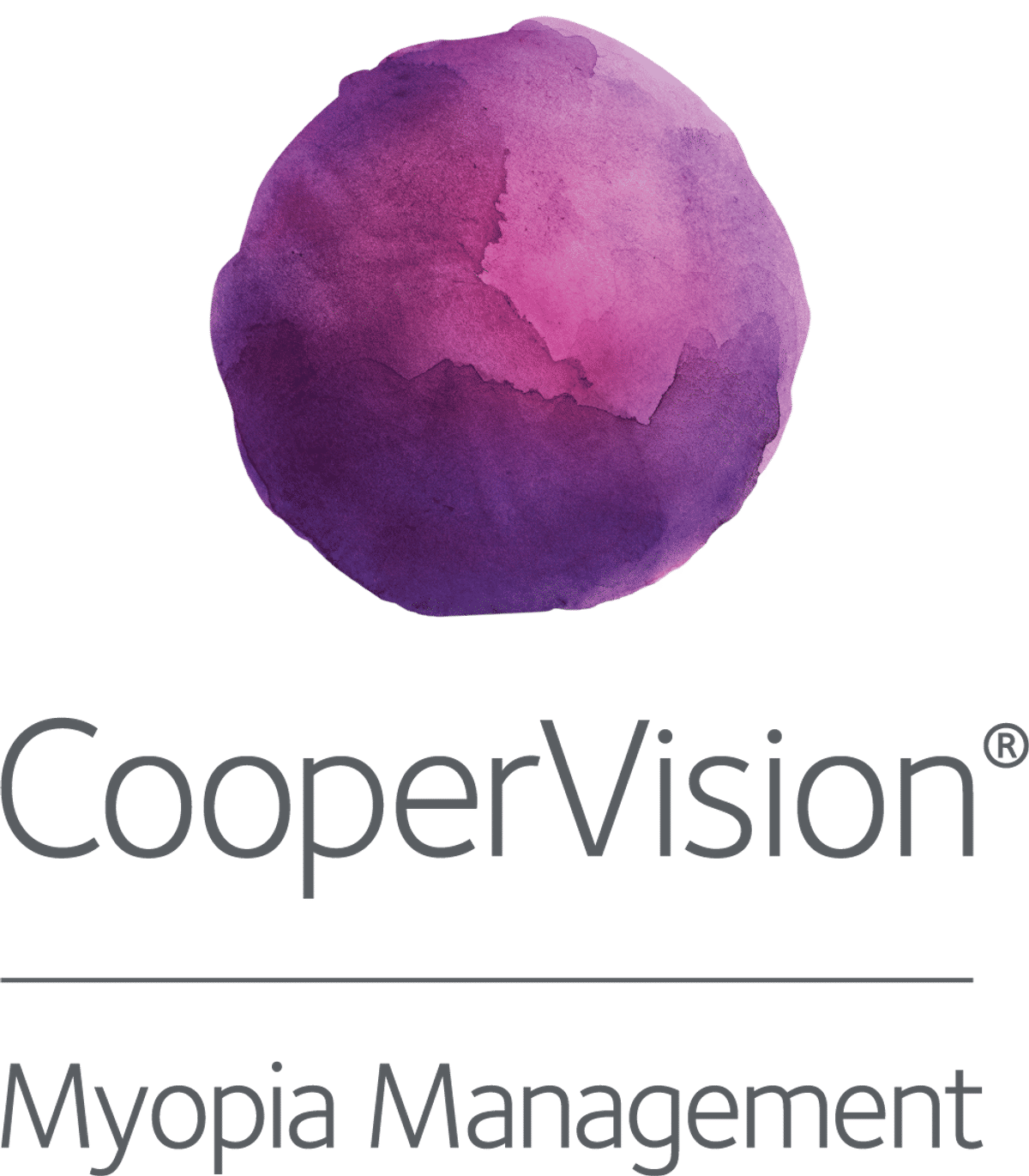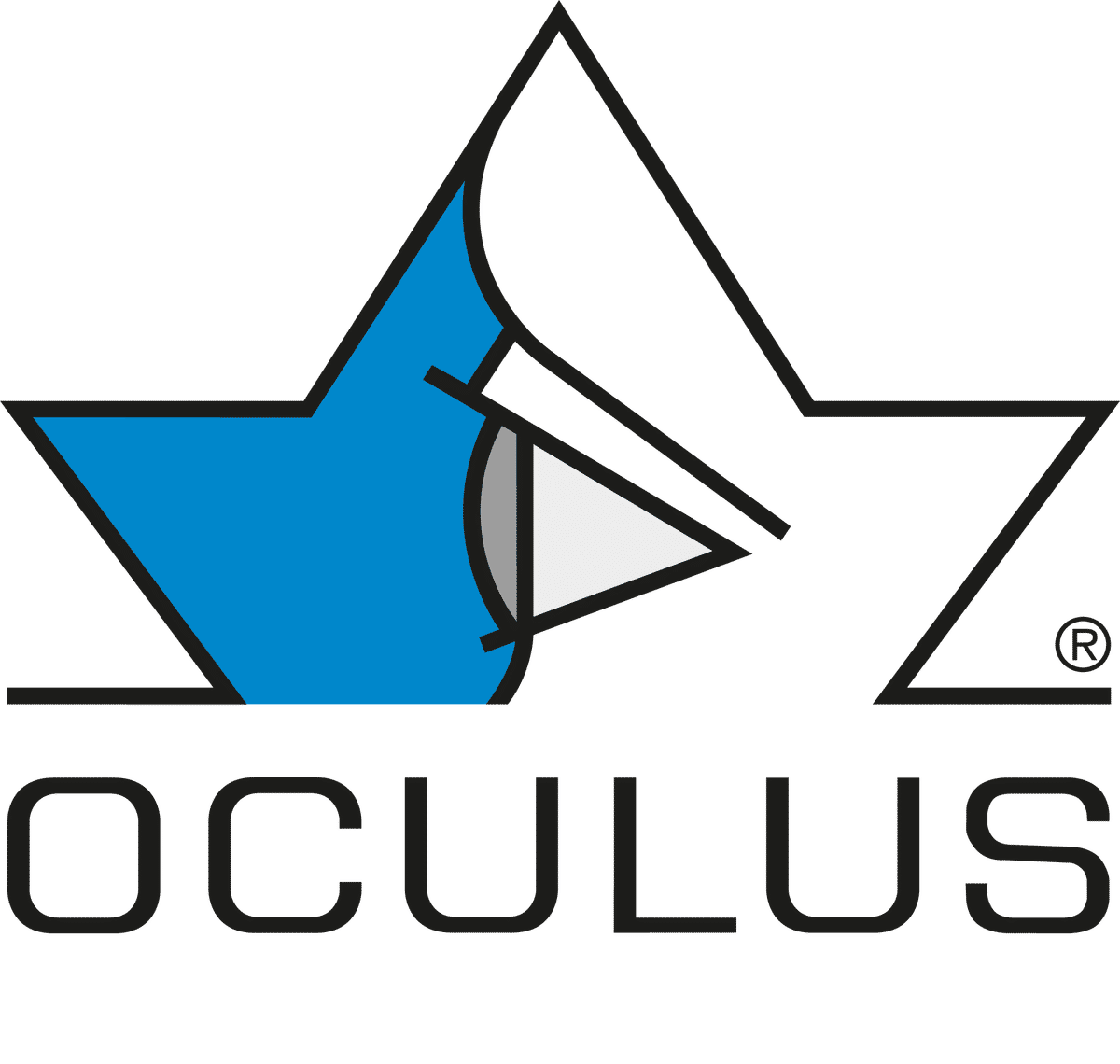Science
Reducing Myopic Shift: Why Outdoor Light Intensity and Duration Matter

In this article:
This study found that continuous outdoor exposure of at least 15 minutes with a sunlight intensity of at least 2000 lux was associated with a reduced myopic shift in children, highlighting the importance of not just total time outdoors but also the specific patterns and quality of outdoor exposure in myopia prevention.
Paper title: Smartwatch Measures of Outdoor Exposure and Myopia in Children
Authors: Jun Chen (1), Jingjing Wang (1), Ziyi Qi (1,2), Shang Liu (1,2), Lingyi Zhao (1,2), Bo Zhang (1), Kaige Dong (1), Linlin Du (1), Jinliuxing Yang (1), Haidong Zou (1,2), Xiangui He (1,2), Xun Xu (1,2)
- Shanghai Eye Diseases Prevention & Treatment Center, Shanghai Eye Hospital, School of Medicine, Tongji University, Shanghai, China
- Department of Ophthalmology, Shanghai General Hospital, Shanghai Jiao Tong University, National Clinical Research Center for Eye Diseases, Shanghai, China
Date: Published online August 1, 2024
Reference: Chen J, Wang J, Qi Z, Liu S, Zhao L, Zhang B, Dong K, Du L, Yang J, Zou H, He X, Xu X. Smartwatch measures of outdoor exposure and myopia in children. JAMA Netw Open. 2024 Aug 1;7(8): e2424595.
Summary
Increased outdoor time is known to reduce myopia risk, with studies showing that both light intensity and duration influence myopia progression.1,2 While higher light levels and sustained outdoor exposure offer protective effects, the optimal patterns for exposure remain unclear. This 1-year prospective cohort study aimed to investigate how different outdoor exposure patterns influence myopic shift in children. Participants in the Shanghai Time Outside to Reduce Myopia (STORM) study were issued with smartwatches to objectively monitor outdoor time and sunlight intensity for at least 90 days. Data from 2,976 non-myopic children (mean age of 7.2 years) was analysed in order to identify patterns of outdoor time associated with myopic shift. Key findings were as follows.
- Outdoor exposure patterns significantly influenced myopic shift in children.
- The most effective exposure involved continuous periods of at least 15 minutes with a sunlight intensity of at least 2000 lux.
- Children with these exposure patterns experienced a significantly lower myopic shift compared to those with shorter, fragmented exposure or lower light intensity.
- Moderate light levels, even in shaded areas, are beneficial, but only if sustained for at least 15 minutes per session.
- Replacing shorter, lower-light exposure with longer, higher-intensity exposure led to greater myopia control.
- Specific findings:
- 2000-3999 lux exposure reduced myopic shift by -0.007 D.
- 4000 lux or more reduced myopic shift by -0.006 D.
- Outdoor time below these thresholds showed no significant protective effect.
What does this mean for my practice?
These findings suggest that the protective benefit of outdoor time in reducing myopic shift is linked to both the duration and light intensity of outdoor exposure, specifically at least 15 minutes of continuous exposure to 2000 lux or more. Shorter, fragmented outdoor time were not associated with the same benefit, even if the total daily time was substantial. Key takeaway messages are:
- Eyecare practitioners can provide more specific when discussing the importance of increased outdoor time: that although brighter light is ideal, all light conditions have some benefit and that a meaningful period of continuous outdoor exposure is at least 15 minutes.
- Children should be encouraged to spend as long outdoors as possible, even in moderate light intensities, particularly children at higher risk of developing myopia.
- Schools and parents can consider regular, structured outdoor activities during school break times or after-school activities of 15-minute periods or longer, will provide sufficient and sustained outdoor time.
What do we still need to learn?
This study provides valuable insights into the role of outdoor exposure patterns in myopia prevention. However, given that outdoor habits and light exposure levels vary globally, further research is needed to determine whether the same exposure thresholds (≥15 minutes with ≥2000 lux) are effective in different geographic and ethnic groups.
The children were only followed for one year in this study. Future long-term studies could examine whether the protective effects of structured outdoor exposure are sustained over longer periods. Understanding the long-term impact of outdoor exposure on myopia progression would provide stronger guidance for clinical recommendations.
Further research should also explore how outdoor time interacts with other myopia risk factors, such as near work and genetic predisposition, to refine individualized myopia management strategies.
Abstract
Importance: Time spent outdoors has been proven effective in preventing myopia, but little is known about the association of outdoor exposure patterns with myopia.
Objective: To examine the association of outdoor exposure patterns with myopic shift in children.
Design, Setting and Participants: This 1-year prospective cohort study from December 2017 to December 2018 was a secondary analysis of a cluster-randomized trial (Shanghai Time Outside to Reduce Myopia [STORM]). STORM was a school-based intervention study, recruiting 16 schools from 8 districts in Shanghai, from October 2016 to December 2018. Children without myopia at baseline who consistently wore a smartwatch for a minimum of 6 hours daily, sustained for at least 90 days, and who had complete information were included. Data analysis was performed from December 2017 to December 2018.
Exposure: The outdoor exposure pattern was defined as the episode of time outdoors and instant sunlight intensity over a continuous period.
Main Outcomes and Measures: Myopic shift was defined as the absolute change in refraction between the initial spherical equivalence and the follow-up spherical equivalence.
Results: This study included 2976 students (mean [SD] age, 7.2 [0.6] years; 1525 girls [51.2%]). The mean (SD) daily time outdoors was 90 (28) minutes, and the mean (SD) sunlight intensity was 2345 (486) lux. Of the 12 outdoor exposure patterns, the major outdoor exposure patterns were time outdoors with at least 15 minutes, accounting for 74.9% of minutes (33 677 584 of 45 016 800 minutes). Only patterns with at least 15 minutes accompanied with no less than 2000 lux were associated with less myopic shift in refraction (for ≥15 minutes and 2000 to 3999 lux, -0.007 diopter [D] [95% CI, -0.011 to -0.002 D]; for ≥15 minutes and ≥4000 lux, -0.006 D [95% CI, -0.010 to -0.002 D]). The isotemporal substitution of patterns with at least 15 minutes and 2000 lux for other outdoor exposure patterns was positively associated with less myopic shift.
Conclusions and Relevance: In this 1-year prospective cohort study of children with smartwatches, continuous outdoor exposure with at least 15 minutes accompanied with no less than 2000 lux sunlight intensity was associated with less myopic shift. These findings suggest that future outdoor interventions should focus not only on the overall time outdoors but also on the effective outdoor exposure patterns, as a means to effectively prevent myopia in children.
Meet the Authors:
About Ailsa Lane
Ailsa Lane is a contact lens optician based in Kent, England. She is currently completing her Advanced Diploma In Contact Lens Practice with Honours, which has ignited her interest and skills in understanding scientific research and finding its translations to clinical practice.
Read Ailsa's work in the SCIENCE domain of MyopiaProfile.com.
References
- Xiong S, Sankaridurg P, Naduvilath T, Zang J, Zou H, Zhu J, Lv M, He X, Xu X. Time spent in outdoor activities in relation to myopia prevention and control: a meta-analysis and systematic review. Acta Ophthalmol. 2017 Sep;95(6):551-566 [Link to open access paper] [Link to Myopia Profile review]
- Jost B. Jonas, Marcus Ang, Pauline Cho, Jeremy A. Guggenheim, Ming Guang He, Monica Jong, Nicola S. Logan, Maria Liu, Ian Morgan, Kyoko Ohno-Matsui, Olavi Pärssinen, Serge Resnikoff, Padmaja Sankaridurg, Seang-Mei Saw, Earl L. Smith, Donald T. H. Tan, Jeffrey J. Walline, Christine F. Wildsoet, Pei-Chang Wu, Xiaoying Zhu, James S. Wolffsohn; IMI Prevention of Myopia and Its Progression. Invest. Ophthalmol. Vis. Sci. 2021;62(5):6 [Link to open access paper]
Enormous thanks to our visionary sponsors
Myopia Profile’s growth into a world leading platform has been made possible through the support of our visionary sponsors, who share our mission to improve children’s vision care worldwide. Click on their logos to learn about how these companies are innovating and developing resources with us to support you in managing your patients with myopia.












